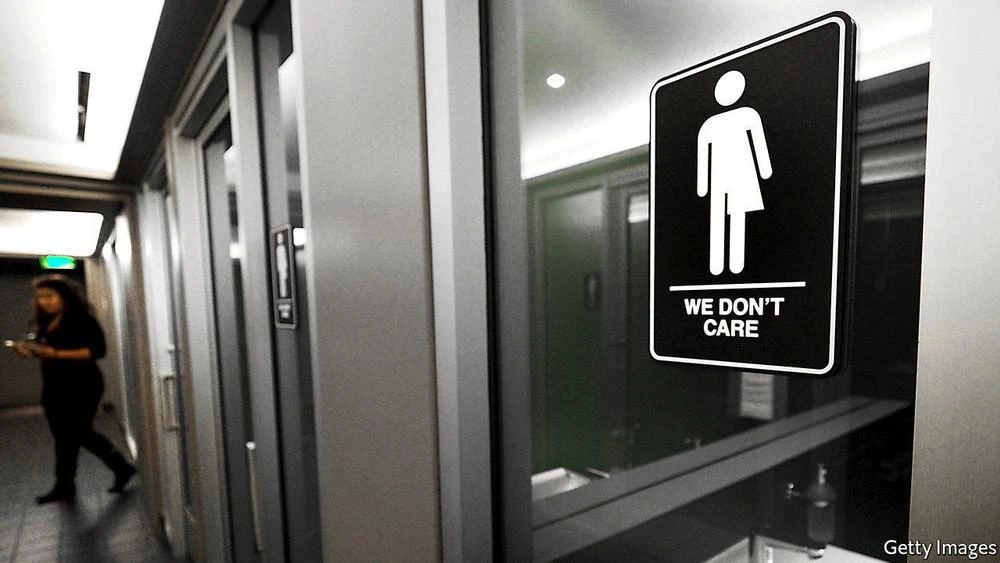
In 2016 a North Carolina law requiring transgender people to use the toilet of their birth sex upset the nation’s stomach. Companies pulled out of ventures in the state, sports leagues called off games and rock stars cancelled concerts. The law was repealed and replaced with one which prevented state and local agencies from regulating who uses which toilet in public buildings, but barred local governments from passing non-discrimination laws blocking private businesses from doing the same. On December 1st that ban expired, meaning that local governments in North Carolina can enact legislation to prevent discrimination against lgbt people.
Thus closes another chapter in the politics of the toilet. The story is a long one. In the 1950s and 60s civil-rights protesters decried “whites only” latrines. An Oakland assemblywoman, Margaret Fong Eu, took a sledgehammer to a toilet wrapped in chains outside the state capitol in 1969 to protest against pay toilets in public buildings, arguing that they placed an undue burden on women because urinals were often free. Activists poured fake urine over the steps of Harvard’s Lowell Hall in 1973 demanding “potty parity”, the equitable distribution of male and female toilets. Grip bars in bathrooms were among the demands of the disability protesters who occupied a federal building in San Francisco for 26 days in 1977...[+]


